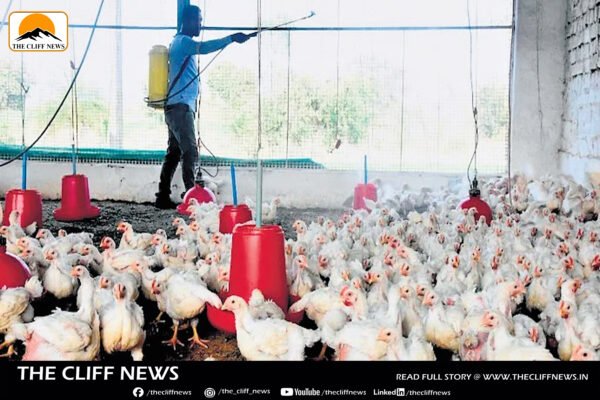IISc Study Warns of Rising Human Risk from H5N1 Bird Flu Clade
Three decades after H5N1 influenza was first detected in birds, scientists say a dangerous branch of the virus is edging closer to becoming a serious human health threat. Researchers at the Indian Institute of Science (IISc), Bengaluru, have found that the currently circulating 2.3.4.4b clade is accumulating key genetic mutations that may increase its ability to infect people. “This clade has infected many mammalian species and is adapting to non-human mammals, which is a concern for human adaptation… It is panzootic, causing unprecedented mortality in birds and mammals, along with several sporadic human infections,” said Kesavardhana Sannula, assistant professor at IISc’s Department of Biochemistry, who led the study. H5N1’s H5 haemagglutinin enables cell entry, while N1 neuraminidase aids viral spread. When the virus jumps to a new host, mutations can help it adapt and sometimes thrive in the new environment. The IISc team analysed nearly 43,000 protein sequences — 7,000 from birds, 820 from non-human mammals, and 35,000 from human flu strains H1N1 and H3N2 — to identify amino acids under selection pressure. Mutations were classified as adaptive (helping cross into humans) or barrier (hindering spread). The study also ranked potential animal hosts by risk level. Surprisingly, fox-adapted strains appeared more dangerous than cattle-adapted ones. “This clade is acquiring the same key mutations that pandemic human influenza strains possess, which could be a growing risk,” said Ranjana Nataraj, the paper’s first author. The researchers stress the need for targeted surveillance, particularly in mammals that could act as “stepping-stone hosts” for human adaptation.









